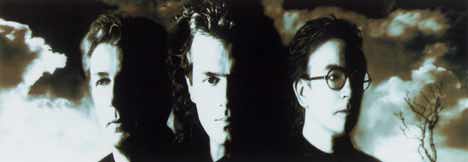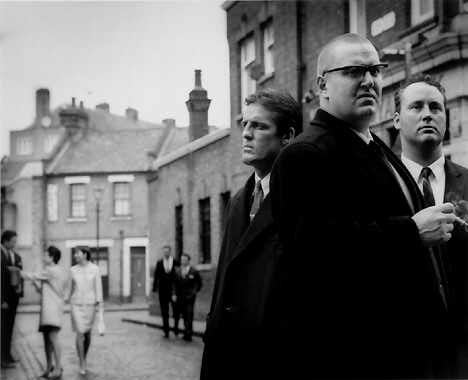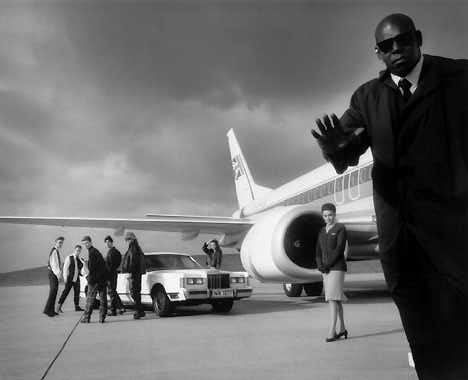
Yet he has succeeded - he's landing commissions which many established photographers would envy, and developing a strong personal portfolio designed to attract advertising work where his own style, not the art director's brief, will show through.
Knott has landed - but how did he do it?
Half way through his final year at Blackpool and Fylde College, Jason Knott was offered a place assisting leading photographer Richard Prescott. Realising that this could only be a wise career move he snatched the opportunity, following it with a stint as an assistant in Milan and eventually returning to London to work with Spencer Rowell.
"I had the experience", he says, "but not the capital to go after clients or buy my own equipment. I suddenly thought, why on earth do I need a studio? After all, I'm ideally placed to work in London and the Midlands, so why not hire studios near clients?"
This piece of delayed logic also had another beneficial effect. By not renting or buying a studio and not having to pay business tax on premises that were hardly going to be used until he got better known, he saved money and was able to afford badly-needed lighting equipment.
The next hurdle was finding clients, "I had worked with three great photographers, so I had a lever there. But getting work was tough going at first. If it taught me anything it was that perserverence pays off and there is no substiute for a belting portfolio coupled with a philosophy of not taking no for an answer."

For a 25-year-old he has already built up an impressive client base and portfolio, which includes photographing high profile recording bands like The Waterboys and Carter USM for Chrysalis Records, covers for Arrow Books and shooting footwear fashion for Griggs. All his studio work is produced using tungsten lighting. Like many others turning to this medium, he finds the WYSIWYG factor very important when composing the shot.

Returning to Britain he took an increasing interest in landscape photography (above) over his other work, which had previously included everything from car engines to models, in an attempt to improve and broaden his creativity.
"As a student I began studying graphic design. After three years I realised that the photography was taking over, which resulted in me being offered the place at Blackpool. I dedicated the next four years, whilst assisting, to perfecting my printing technique, working to produce rich blacks and strong whites with as many tones in between as possible."
Searching for a distinct colour style, Knott is experimenting at the processing stage with use of gels and colour shifts to produce images that, despite their level of contrast, are extremely rich on paper, with a feel close to that ofhis monochrome work.
Greatly influenced by the work of Irving Penn, Knott enjoys the process of print-making. He recently took an extended trip into the Highlands to shoot monochrome, and hopes to use the resulting work to infiltrate the advertising market.

A recent series of stills for a film company covering a documentary drama about the friends and acquaintances of the Kray Twins - East End gangsters of the sixties - produced work that is in places both threatening and aesthetically pleasing, a combination of fine art and stark photo-journalism.
His rollfilm choice is a Mamiya RZ67 with an 180mm lens and Polaroid back. For 35mm he works with a Nikon F2 and lenses ranging from 24 to 400mm.

"Kodak's traditional Plus-X and Tri-X pan are my favoured black and white films, with Agfa Record Rapid for warm tone printing, and Ilford Galerie with my variations on toning - different dilutions of selenium toner sometimes using sepia bleach beforehand." For colour he favours Fuji Velvia for its ability to cut through the haze so common in the UK.
The examples of work on these pages illustrate a remarkable breadth and versatility of both technique and imagination, from the high impact, vivid scenes of the rock world to the bleak beauty of his rocky scenes of the Highlands.